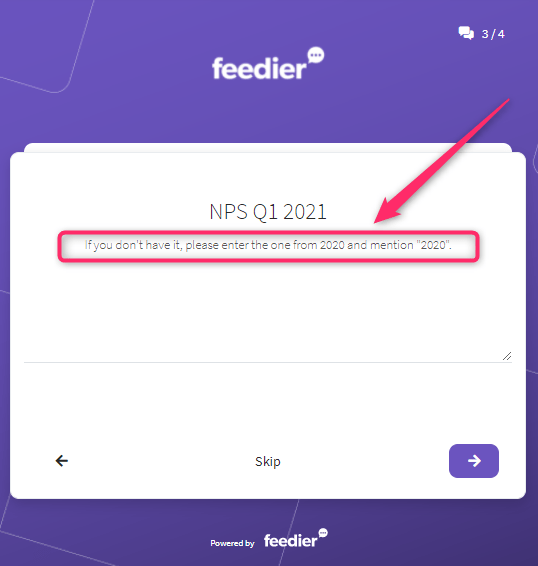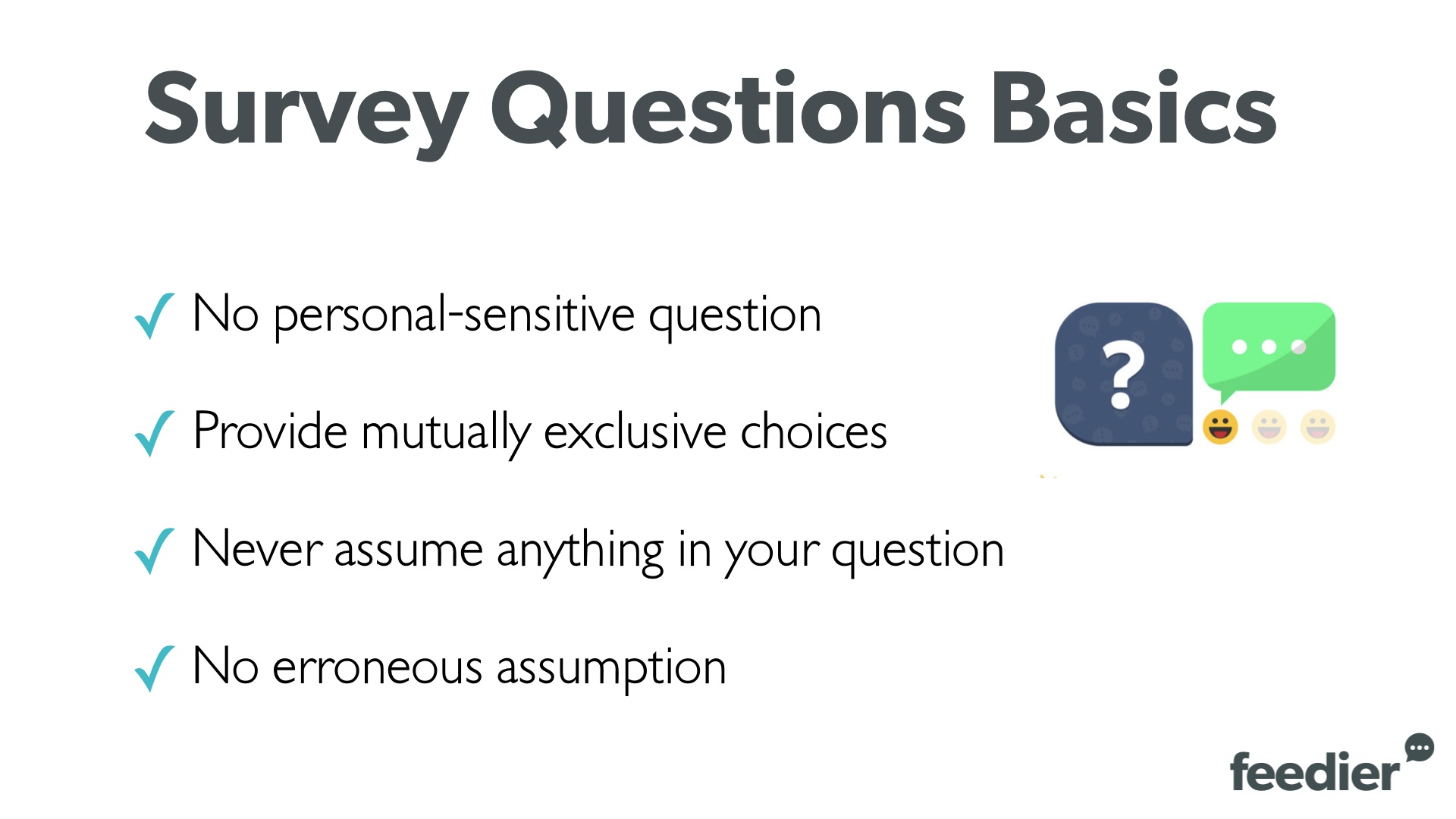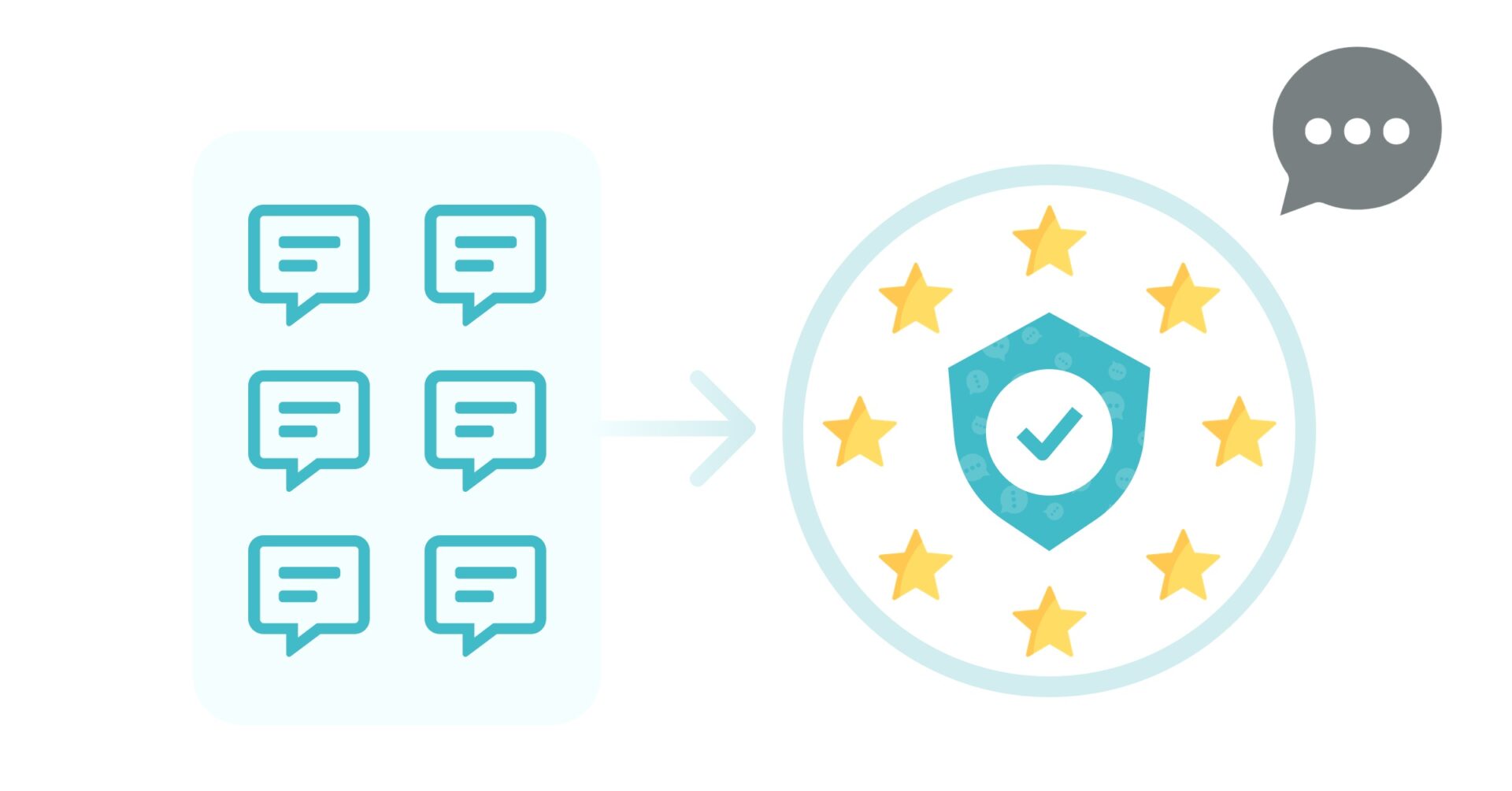You’re up for a ride? You have decided to take your customers onboard and write outstanding survey questions?
You’re in the right place.
A survey is defined as a collection of questions asked from a given population to mathematically derive and relate the individual characteristics of the surveyed population.
Each individual client has distinct requirements. This is the root cause of the survey.
The companies gather the information from their users, customers and find out the individual ideas, thoughts, and feedback of their clients.
Surveys are the easiest mediums of direct communication with the public.
It is very essential for a smart progressing company to regularly organize a survey and collect data from the public, which is directly related to their daily work, products, and services.
Every company big or small has invested money and time for gaining profits. Surveys provide the finest means of input from existing or potential future customers.
Reasons behind the motivation to collect feedback can be many like:
- Expansion of business
- Comparison with the rivals
- Determining customer satisfaction (use this customer satisfaction template)
- Gauging market interest
Talking about motivations.
The
It determines the general end result of the survey, what the collected data would answer at the end of the survey. An efficient objective assists in acumen the research design.
An objective of the survey consists of these 3 individual components: statement, question, and hypothesis.
Before creating the perfect question, do you really know the 6 best ways to collect actionable feedback?
But what makes up a good survey question?
Here is the question.
And we have the answer for you.
1. Use a VoC Management tool instead of a classical survey tool
Of course, tools like Google forms, Typeform, Microsoft forms, or Jotform have lots of advantages and can help you create a good modern-looking survey.
However, if the goal behind your survey is to understand your customer experience and contribute to the overall company’s growth, classical survey tools are not your best fit.
Understand why the end of classical Survey tools is coming here.
VoC platforms are the best alternative here. By using these tools you’ll be able to get the best of both worlds. How? It’s simple:
- VoC platforms make it possible for you to create interactive surveys and will provide you with a multitude of question types and options to get the best response rate.
- VoC platforms will not simply provide you with the survey answers, they will rather centralize the data in one place, organize it and make it actionable across the organization.
Now that you know which tools you should use, let’s get into the survey’s details.
2. Provide Adequate Information in Your Survey Question
To obtain an efficient response from the customer – and to obtain a relevant answer – it is necessary to provide enough information to the customer.
Why?
So they can easily interpret the question and respond accordingly.
If less information is provided, it may lead to the customer getting a wrong perception and result in an incorrect response — thus failing the main objective of the survey.
This information provided must also be relevant to the survey and must be as simple as possible so that it is easy for a common person to understand and reply.
In the example below, we emphasize on the description. A question is not only made up of the question title itself, but also the description. Make sure to provide all the context using the description.

You can also be a little bit more creative and use Giphs or images in your description. This is made possible using Feedier.

3. Organize Your Survey Questions Properly
Organization determines the success of the survey.
A well-organized survey is able to fulfill your goal.
The organization here means organizing not only the survey as a whole but also individual components of the survey like questions (their form and arrangement).
Survey question design is a key component of survey research. Even if the correct questions are asked but their arrangement is not correct, the feedback obtained becomes prone to error.
Your decision may be based on irrelevant questions.
The transition from one question to another must be smooth.
In addition to the organization of the questions, it’s very important to know how to organize your collected data:
4. Don’t Overkill Your Question
The survey questions must be very specific and accurate.
You shouldn’t include a question just to add a question.
These questions have an impact on the image that the respondent has on your company.
Some customers start predicting the credibility of the company from these questions.
A thorough examination and further cross verification of these questions must be done.
A systematic process must be followed, which determines which questions to include and which not to in the survey.
Precautions while selecting questions are:
- Never include personally sensitive questions in the survey.
- Questions must have mutually exclusive answers to them. This means that there must be one single correct answer to the question.
- Never do guesswork in a survey by pre-assuming the condition of the participant.
- Do not make erroneous assumptions.

5. Strive for Questions Clarity
The language used in the questions must be simple and easy to interpret.
They must not contain complex, technical words, that your audience may not understand.
Additionally, the questions must not be emotionally loaded. The most important aspect is to use the correct language to ask questions.
Framing of questions is a very important parameter in a survey.
The presence of acronyms, ambiguous language, technical terms all degrades the quality of the collected data, as these perplex the customer.
6. Focus on The Questionnaire Design
Breaking down the questions into various sub-divisions increases the answering capability of the customer.
This subcategorization can be based on various parameters like the division on the basis of content, matter, area of focus, answer type (numerical, verbal, etc).
This policy of “divide and rule” makes it easy for the customer to reply without confusion.
Interrelating the questions also provides the advantage of detailed response to them, covering individual aspects of the questions.
Sub-categorisation of lengthy, multi-functioning questions increases the amount of data collected through them.
Use Branching Logic Properly
There must be a logical reason behind the asked question which the client must be able to understand without difficulty.
In addition to the content, if the questions are in sequence and related to each other, they must also be related to each other genuinely and must have a logical relationship with each other.
7. Use Multiple Choice Survey Question Properly, Using Alternate Response
The responsibility for the customer is determined from this parameter.
The alternate response is the customer feasible feedback, which is determined by the customers themselves.
This is used when the customer is not satisfied with the options provided with the questions, and they want to provide their own answer instead of selecting the pre-defined answers provided by the company.

This option provides full freedom to the respondent to independently design the answer for the required question.
There can be word limit restrictions for this, but this provides the customer to clarify their point of view and represent their opinion. If possible, provide the choice to the participant to skip the question, without answering.
Based on the above-mentioned characteristics of the survey, the questions of a survey are framed.
Choice count plays a significant role here. This is the category in which the customer provides answer single or multiple answers to the asked question.
The client must be informed about these choices.
By standard use, circular options represent single answers while square boxes represent multiple answer selection.
If the customer is not satisfied with the provided options, they must have the choice to provide their own answer (with options like other or comment field). These parameters help in determining the questions for a survey. They act as a base or platform for the questions.
8. Watch Out For Survey Question Demographics and Privacy
The most important aspect of receiving quality feedback is privacy.
The customer must have faith in you and he must not be hesitant while answering. It must be informed to the customer whether their identity will be disclosed or not. This provides clarity to the customer to freely state their opinion without any fear and bias.

Provide the output results of your survey as you indicated before taking it.
Never disclose the identity of the participants, as this may degrade the company reputation and loss in faith in the company by the customers.
Use the data provided for completing the desired task.
On a final note, make sure to. always thank the participants.

Wrap Up
This skeletal framework for designing a survey must be considered prior to start a survey.
Some of the examples of basic survey questions are:
- Why are we organizing the survey?
- What is the incentive behind this survey?
- What data are we collecting?
- Is our brand reliable or able to satisfy your needs?
- Product survey question, like will our product be bought if we alter some of its characteristics, design or application use?
- What changes would you like us to bring in our work?
- You can ask about rating your services.
- Unique survey questions, which include picture based, humor based questions.
The main task of a survey is a higher response rate and obtaining the required information. Work does not get completed by providing the questions but getting the response back is essential.
Periodic communication with the customers is necessary to run a successful business and constant improvement in the services provided.
A well-organised survey requires deep understanding, experience and collecting the data requires patience. Analyzing the information and implementing the results of the survey must be done in a timely manner.
About the Author
This post was written by Robert Smith. Following the cultural footsteps of George W. Jenkins, the late founder of our company Publix, we treat our associates with dignity and respect. These associates help us in building a positive relationship between our customers and suppliers who assist us in the development of the company. Our company is mainly focused on customer value and associate employment security.






